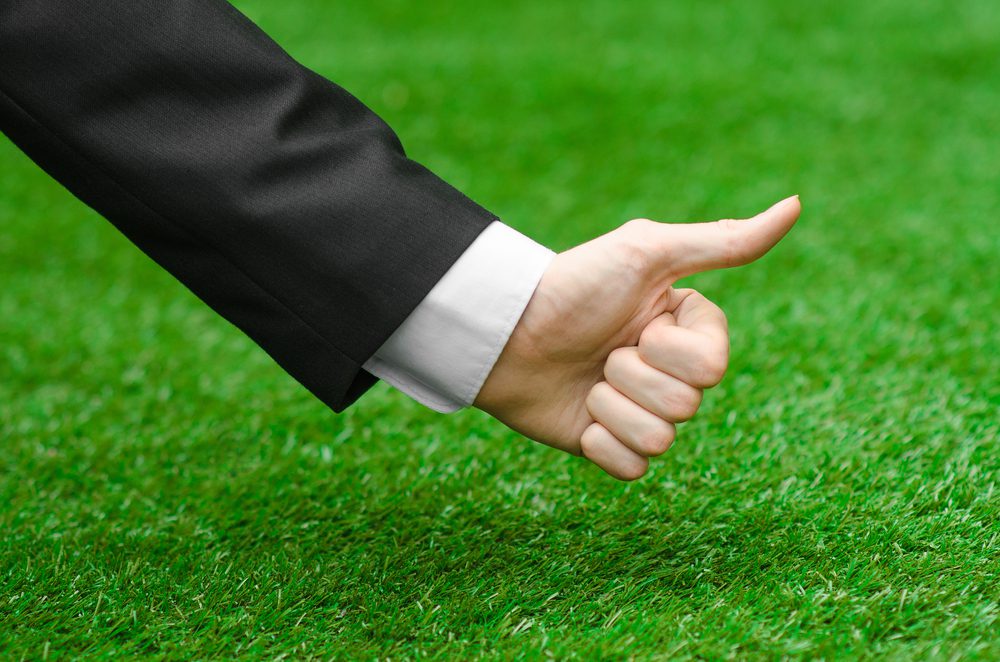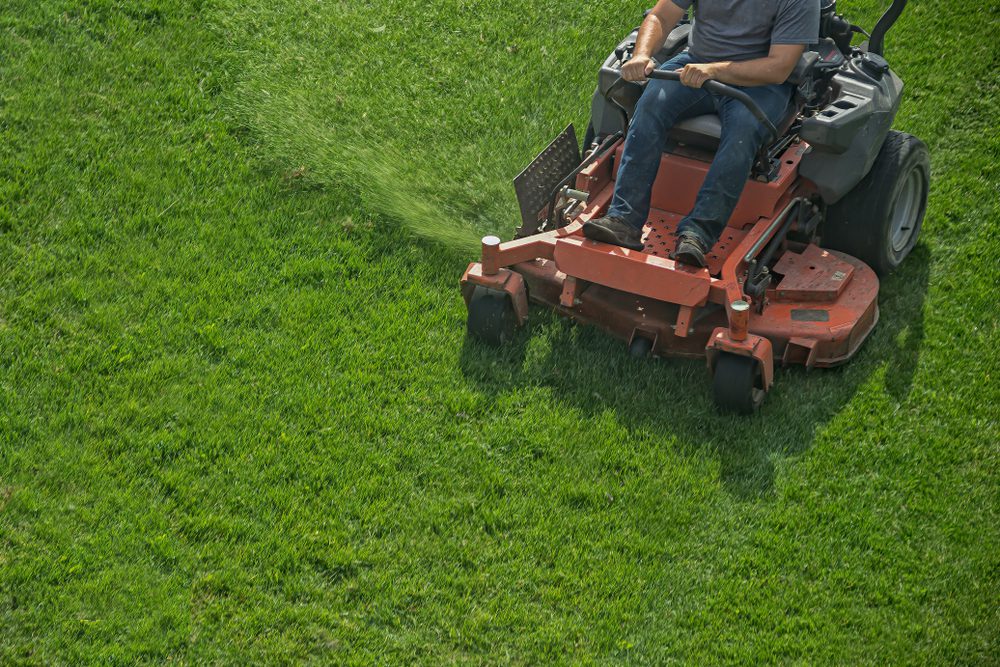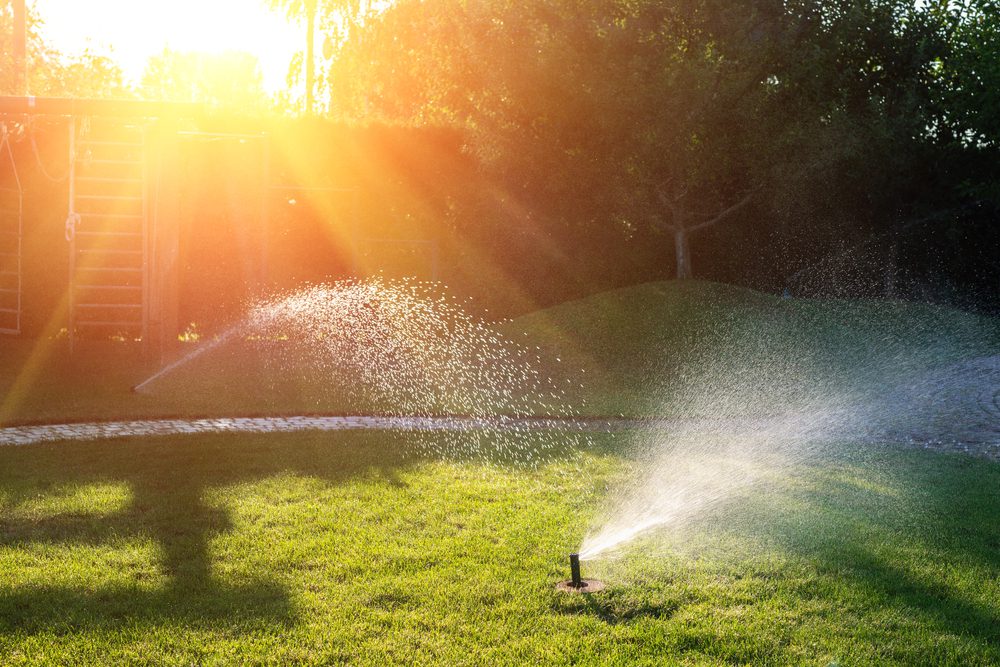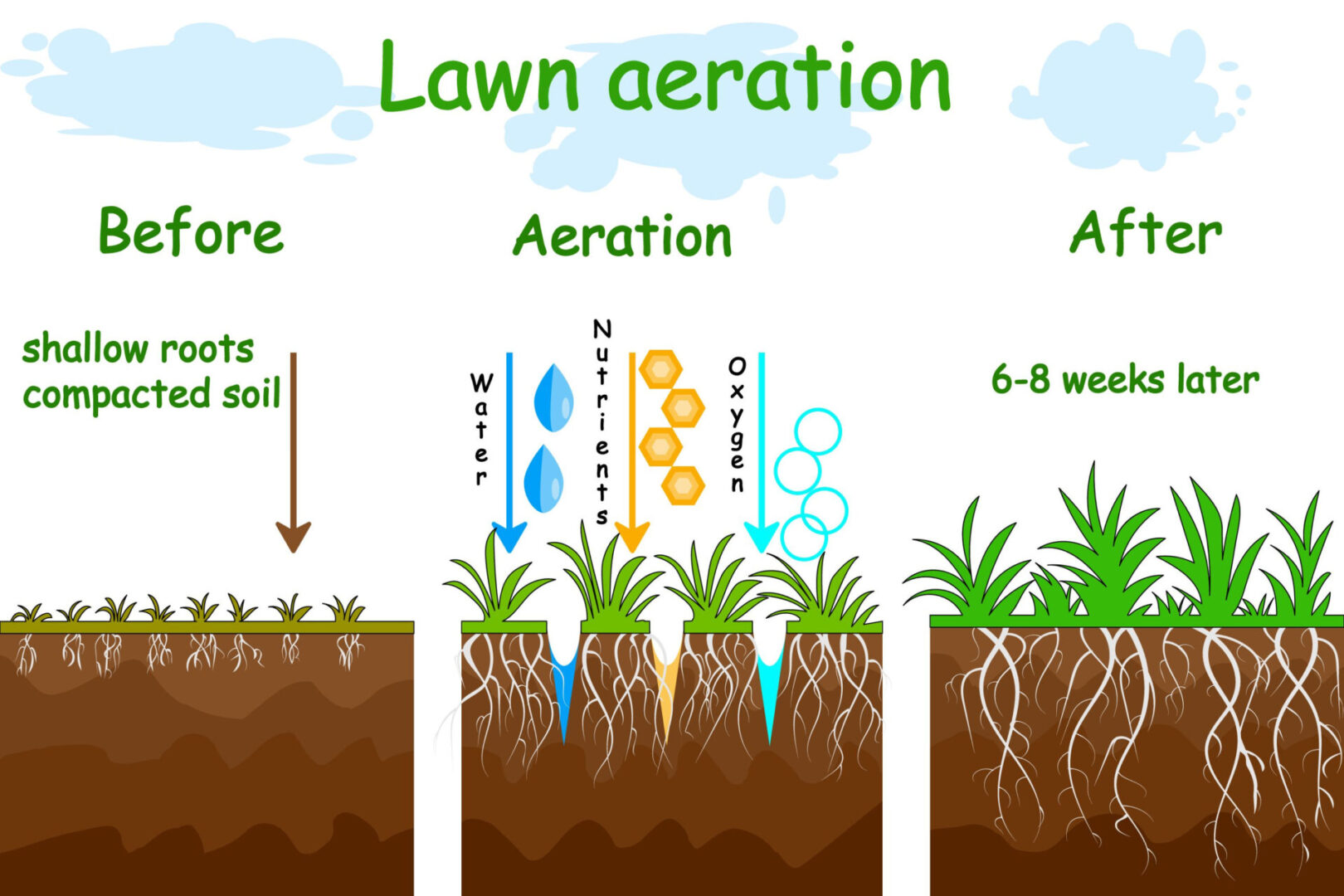
Best Management Practices and Turfcare Recommendations
WILBERCO Five-Star Turfcare treatments are one part of a culture necessary for the ultimate grounds care program. Mowing practice, irrigation schedule, usage, plus several other environmental factors all contribute to the health and vigor of your lawn. Here are some best management practices and recommendations for getting the most benefit from our Five-Star plan.
Mowing


Watering & Irrigation
Aerating & Seeding

